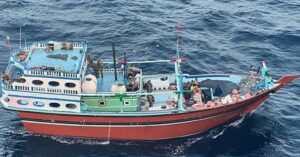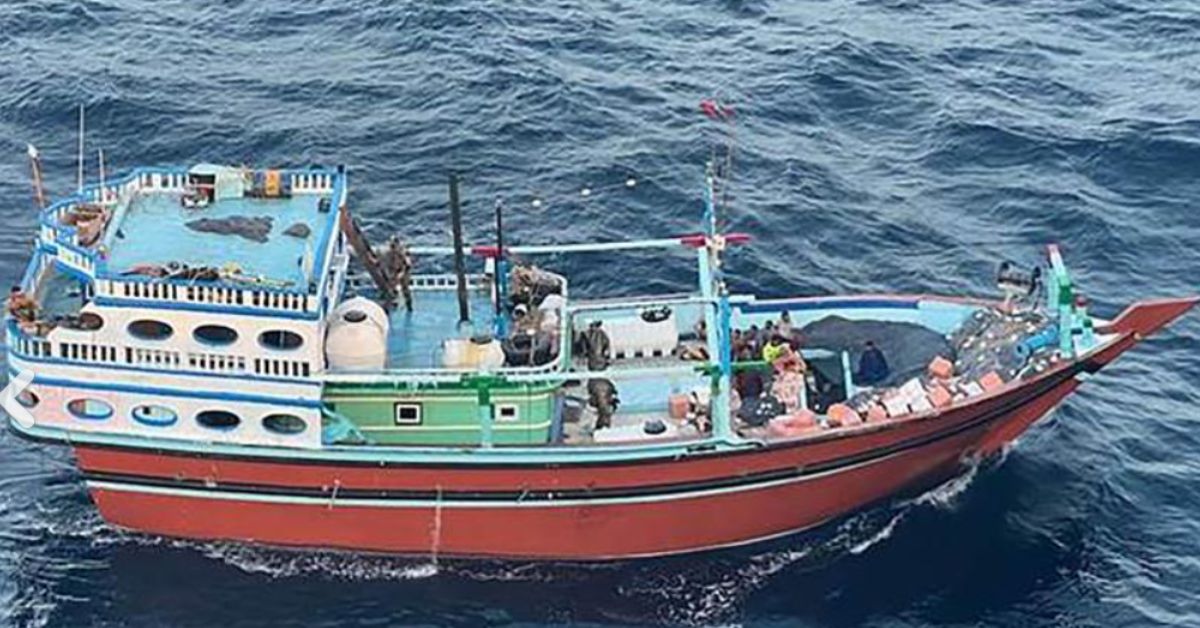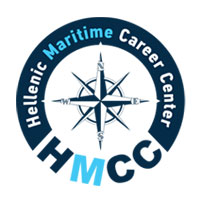
38 Kilograms Of Cocaine Found Inside A Shipping Container Of Bananas At Piraeus Port
October 18, 2025
U.S. Navy Detains Survivors After Strike On Suspected Drug Vessel In Caribbean
October 18, 2025

A Pakistani man was sentenced to 40 years in prison for his role in an arms smuggling scheme, which led to the drowning of two Navy SEALs during a raid on the boat, of which he was the captain.
He received the punishment from a federal judge in Virginia, on account of several charges related to shipping Iranian weapons to Yemen’s Houthis, per court records.
In January 2024, U.S Navy forces stopped a dhow off the Somali coast. While boarding it,
Chief Petty Officer Christopher Chambers fell into the sea. Petty Officer 1st Class Nathan Gage Ingram jumped to save him, but they both drowned.
Pahlawan was given a 20-year sentence for giving material support and resources to a weapons of mass destruction program of the Houthis. He was sentenced to another 20 years on each of three other charges and 15 years for conspiracy to provide resources to terrorists, per court records.
The charges run concurrently, and so Pahlawan will serve 40 years in total, per sentencing documents.
During the raid, he had told his crew not to stop the boat and burn it. He also told them to lie about the cargo and falsely identify him as a mechanic.
The team eventually found ballistic missile and anti-ship cruise missile parts and a warhead used by Houthis in targeting ships in the Red Sea and Gulf of Aden since November 2023.
Pahlawan worked with two Iranian brothers to smuggle materials from Iran to Houthis, the Justice Department said.
The smuggling trips had been going on since 2023, in which cargo was shipped from Iran to Somalia and then transferred to another vessel.
Pahlawan received coordinates from the brothers for the ship-to-ship transfers and got several payments for his role in the illegal operations, per prosecutors.
The sentencing report included notes from a phone conversation with Pahlawan’s wife, who said he was a family man who worked hard to provide for her and the couple’s child.
An investigation in October 2024 stated that the deaths of Ingram and Chambers could have been prevented.
It cited deficiencies in training, policies and procedures as well as conflicting guidance on when and how to use emergency flotation devices and extra buoyancy material that could have kept them alive.
Source: Maritime Shipping News


